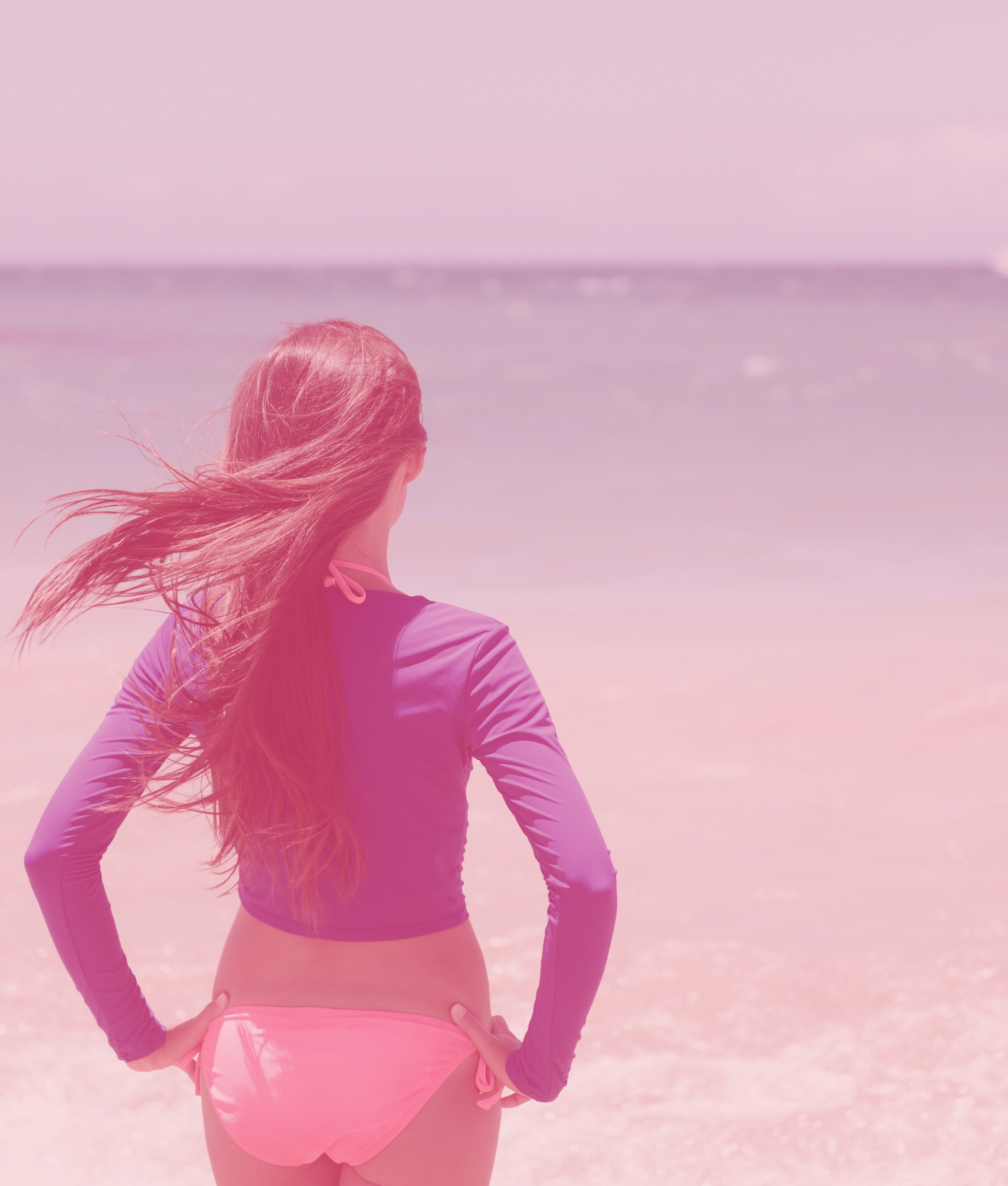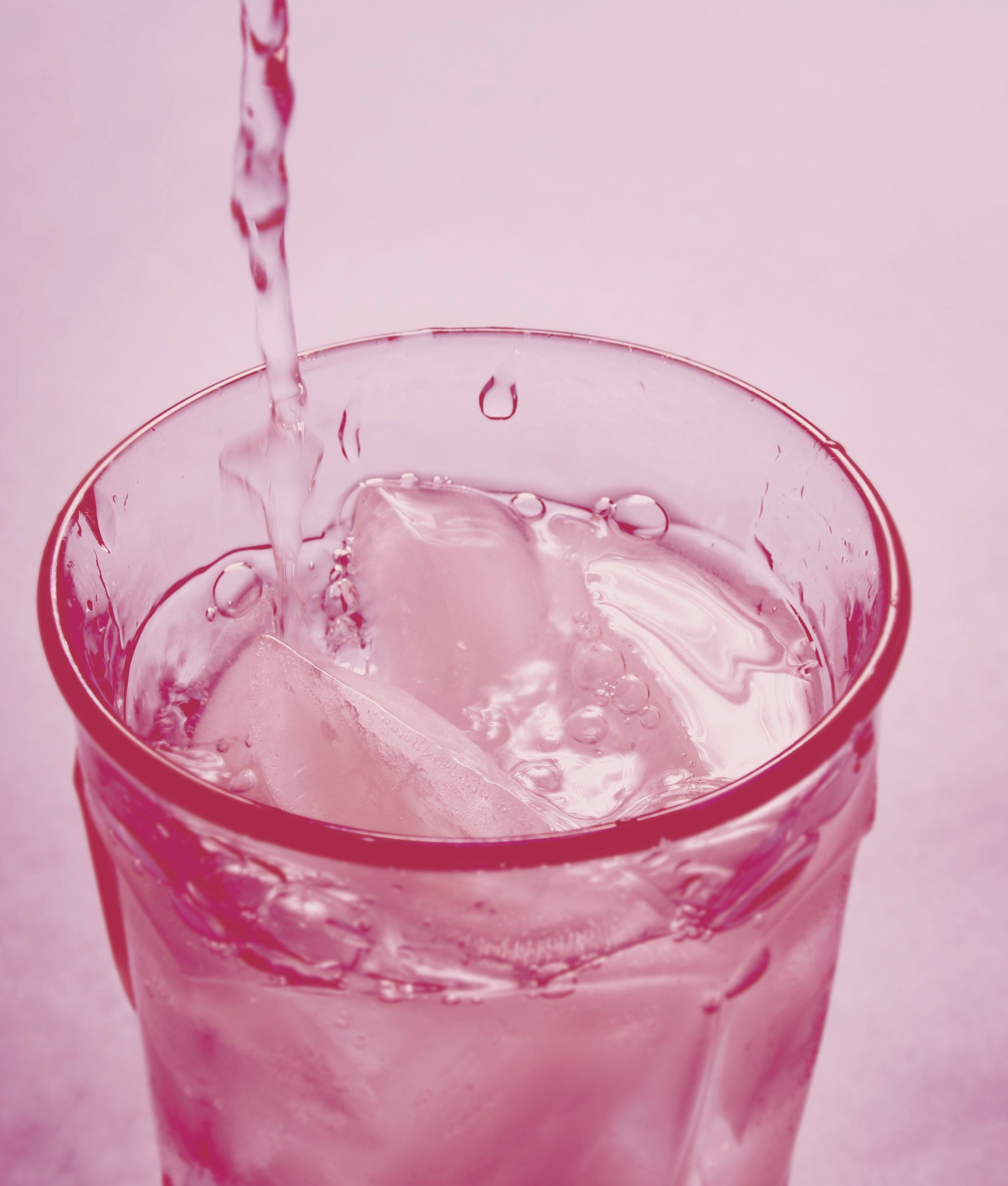This post contains affiliate links. For more information, see my disclosures here.
In one of my prior posts, I explained the different kinds of sunscreens, the importance in understanding what SPF stands for and how to carefully choose a product that works best for you. So although you may be familiar with SPF, or Sun Protection Factor, did you know that there is also UPF?
UPF stands for Ultraviolet Protection Factor, and it is a term used for clothing that is designed to protect you from UVA and UVB rays. One of the things that inspired me to purchase and use UPF clothing is my love for the ocean and sea-life. During my recent trip to Hawaii, I learned about UPF clothing and how effective it is in protecting individuals from the sun while also, and most importantly, protecting our oceans because UPF clothing is reef safe.
Several ingredients that are used in sunscreens are toxic to corals and marine life in general. Some of the ingredients cause coral bleaching, a phenomenon where the corals turn white. This was something that I unfortunately saw in various beaches across Oahu, especially in the famous Waikiki beach, which was very saddening.

UPF clothing is categorized in different ratings, similar to SPF levels. A UPF level of 15-20 will allow approximately 4-6% of UV to pass through the garment. A garment with a UPF level of 50 (which is the type that I purchased for myself), allows less than 2% of UV to pass through the clothing.
Some individuals who can benefit from wearing UPF clothing are:
- People with sensitive skin: anyone with sensitivities to sunscreens, anyone susceptible to sunburns, or anyone who are more vulnerable to UV rays.
- People who are currently taking any kind of medication that may increase sun sensitivity (i.e. women on birth control, certain pigmentation/acne-treatments (AHA/BHA in particular), antibiotics, etc.
- People who live in areas that are more prone to sun damage: people who live in warmer areas, near the beach, or in high elevations.
- Kids and the elderly: both have thin skin which make them more susceptible to sun damage.
What factors increase UPF?
There are several factors to consider when choosing your protective clothing. Polyester and nylon are more efficient at protecting skin from UV rays. Darker colors absorb more of the UV rays compared to its lighter/paler counterparts. Also loose clothing offers better protection than tight/stretched clothing.
Here is the top that I purchased from Hanauma Bay in Hawaii which offers UPF 50:

I’m a happy mermaid 😊
One thing to keep in mind is that although the garments can protect you from sun damage, it is important to protect your exposed skin with sunscreen (and make sure it is reef-safe!). This includes your face, neck, legs, chest and arms if it isn’t already covered by the garments.
As I mentioned in one of my previous posts, one of my all time favorite sunscreens in Elta MD. During my trip, I used their Broad Spectrum Water-Resistant Physical Suncreen specifically formulated for the face whenever I knew that I would be swimming in the water (it is reef-safe!). I also used their UV Clear facial sunscreen
and their UV Lip Balm
while roaming the city (these are not reef-safe, but offers excellent skin protection). EltaMD’s water-resistant sunscreen is formulated with mineral-based active ingredients which are titanium dioxide and zinc oxide. I prefer their tinted version which helps with neutralizing any white cast.
With that said, I hope you find this post informative and enjoyed reading it!
As always, good luck and stay humble
Ivy
This post contains affiliate links. For more information, see my disclosures here.









